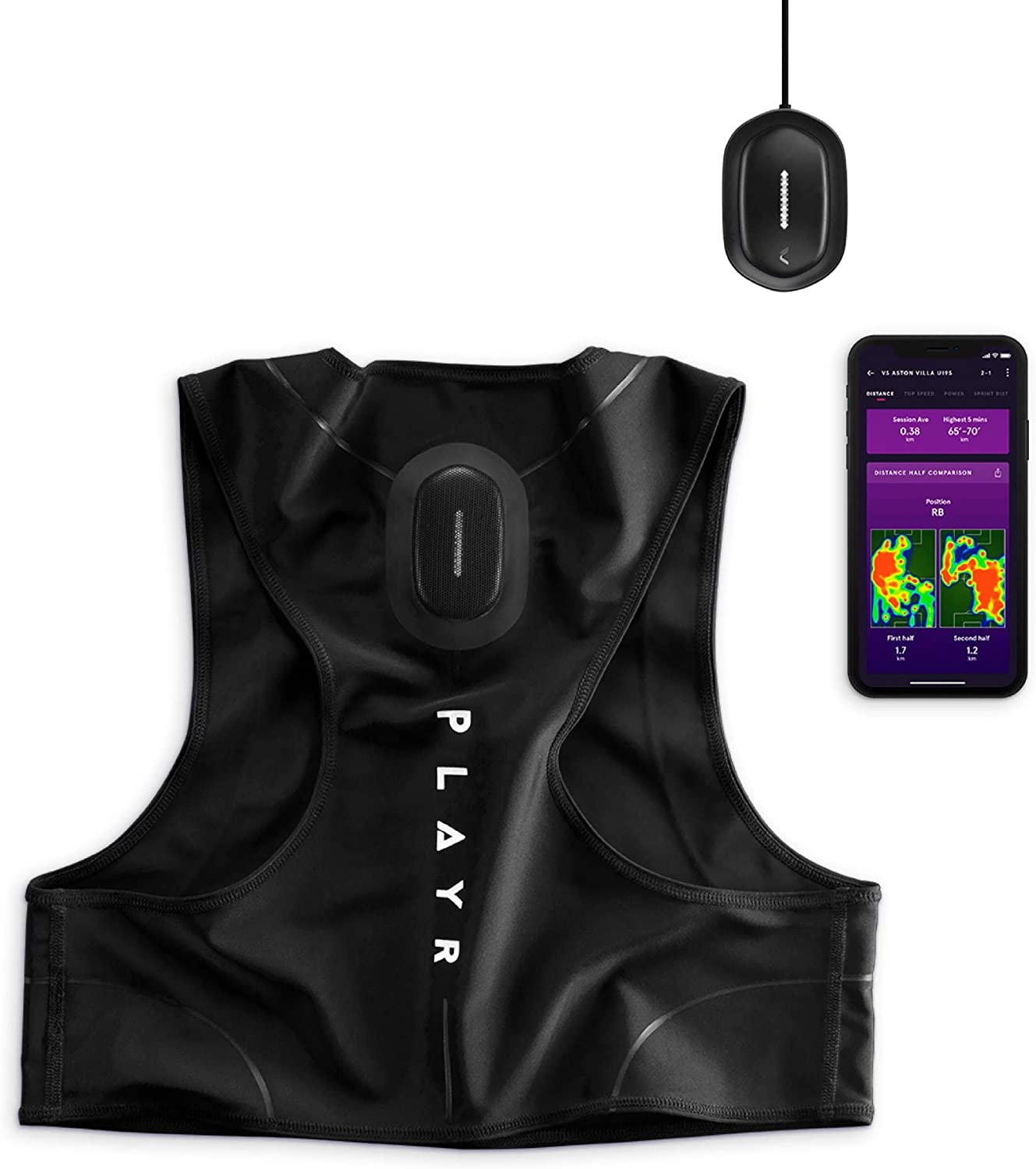

#Playr by catapult software
Advances in computer processing (e.g., software algorithms and hardware) continue to make this approach more and more desirable, but the currently available systems suffer from two limitations: a) their use is generally confined to indoor sports because tracking accuracy depends upon the size of the physical space, and b) these systems require post-event processing to accurately determine player position.Īnother approach that has gained acceptance within the area of player tracking is wearable, acceleration-based tracking devices that incorporate microelectromechanical systems (MEMS) gyroscopes, magnetometers, and accelerometers into a single player-worn unit. This approach is desirable because it is less invasive to the athlete as it does not require the use of a wearable device. Another common approach to player tracking is the use of multi-camera systems that use image-processing techniques (i.e., motion capture) to determine the position of an athlete within a particular physical space. Nevertheless, the use of GPS-based devices presents certain limitations: a) they cannot be used indoors, and b) questionable validity and reliability to accurately assess short, high-intensity movements due to its low sampling rate (1–10 Hz). Furthermore, these devices provide for real-time movement analysis and feedback that can be directly incorporated into the training regime. Over more than a decade, Global Positioning System (GPS)-based wearable-tracking devices have been widely used to monitor outdoor training allowing a better understanding of the physical requirements of sport while being less time-consuming than traditional time-motion analysis. These devices are targeted to sports scientists, trainers, coaches, and athletes, as a means by which training regimens can be adjusted to maximize performance gains and reduce the risk of injury (for review see ). Wearable devices designed to measure performance metrics have become ubiquitous in the athletics community. It is recommended that device reliability and accuracy are periodically quantified. These results emphasize the need for industry wide standards in reporting validity, reliability and the magnitude of measurement errors.


When compared to the player load determined using the Cartesian formula, the Catapult reported PlayerLoad™ was consistently lower by approximately 15%. Interdevice effect sizes ranged from a mean of 0.54 (95% CI: 0.34–0.74) (small) to 1.20 (95% CI: 1.08–1.30) (large) and ICCs ranged from 0.77 (95% CI: 0.62–0.89) (very large) to 1.0 (95% CI: 0.99–1.0) (nearly perfect) depending upon the magnitude and direction of the applied motion. Differences were found between devices for mean peak accelerations and PlayerLoad™ for each direction and level of acceleration. The devices demonstrated excellent intradevice reliability and mixed interdevice reliability. Peak accelerations recorded by the devices, Catapult PlayerLoad™, and calculated player load (using Catapult’s Cartesian formula) were used for the analysis. Data from each accelerometer was recorded at a sampling frequency of 100Hz.
#Playr by catapult portable
A total of nineteen portable accelerometers (Catapult OptimEye S5) were mounted to an aluminum bracket, bolted directly to an Unholtz Dickie 20K electrodynamic shaker table, and subjected to a series of oscillations in each of three orthogonal directions (front-back, side to side, and up-down), at four levels of peak acceleration (0.1g, 0.5g, 1.0g, and 3.0g), each repeated five times resulting in a total of 60 tests per unit, for a total of 1140 records. This study aimed to determine the intra- and inter-device accuracy and reliability of wearable athletic tracking devices, under controlled laboratory conditions.


 0 kommentar(er)
0 kommentar(er)
